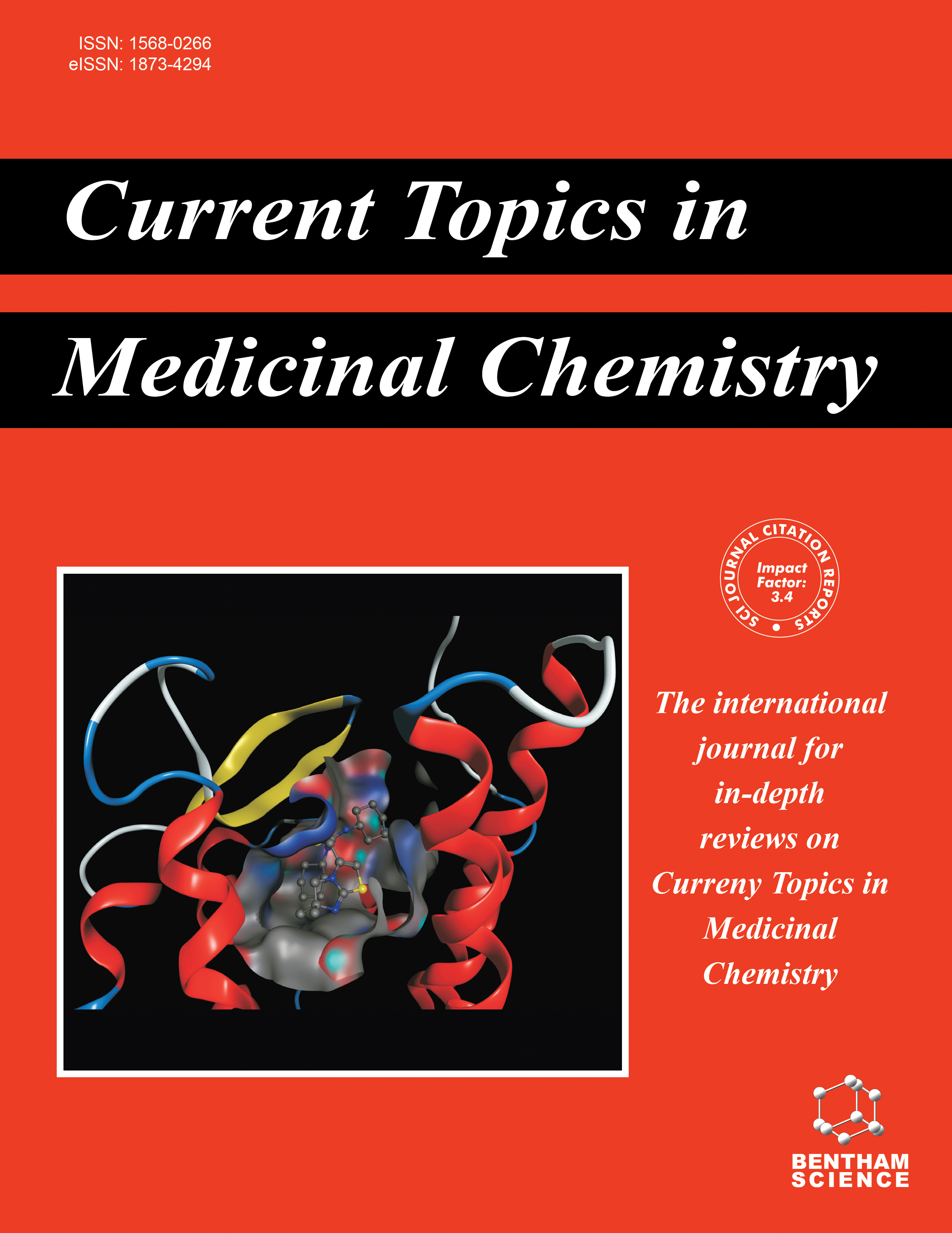
Full text loading...
Alzheimer’s disease (AD) has been recognized as the most important cause of dementia, which is estimated to contribute more than 2 trillion USD in medical costs. AD patients encounter progressive neurodegenerative dementia associated with behavioural, linguistic, and visuospatial deficits. Although studies on the discovery of amyloid β (Aβ) and tau (the essential elements of plaques and tangles in AD) have shed light on the molecular pathological processes of AD, the exact cause of the condition is still largely unknown. The involvement of various proteins, such as amyloid-β, prion protein, tau, and α-synuclein has been linked to AD pathogenesis. The current AD treatments are mainly based on symptomatic management and restoration of neurotransmitters’ balance. There is a significant need to develop medications that can alter the underlying disease process and prevent its progression. The present manuscript provides a review of various hypotheses that have been proposed for AD pathogenesis. The manuscript has also explored the development of novel anti-AD drugs based on various pathogenic pathways, which are recently under various clinical trial phases.

Article metrics loading...

Full text loading...
References


Data & Media loading...

